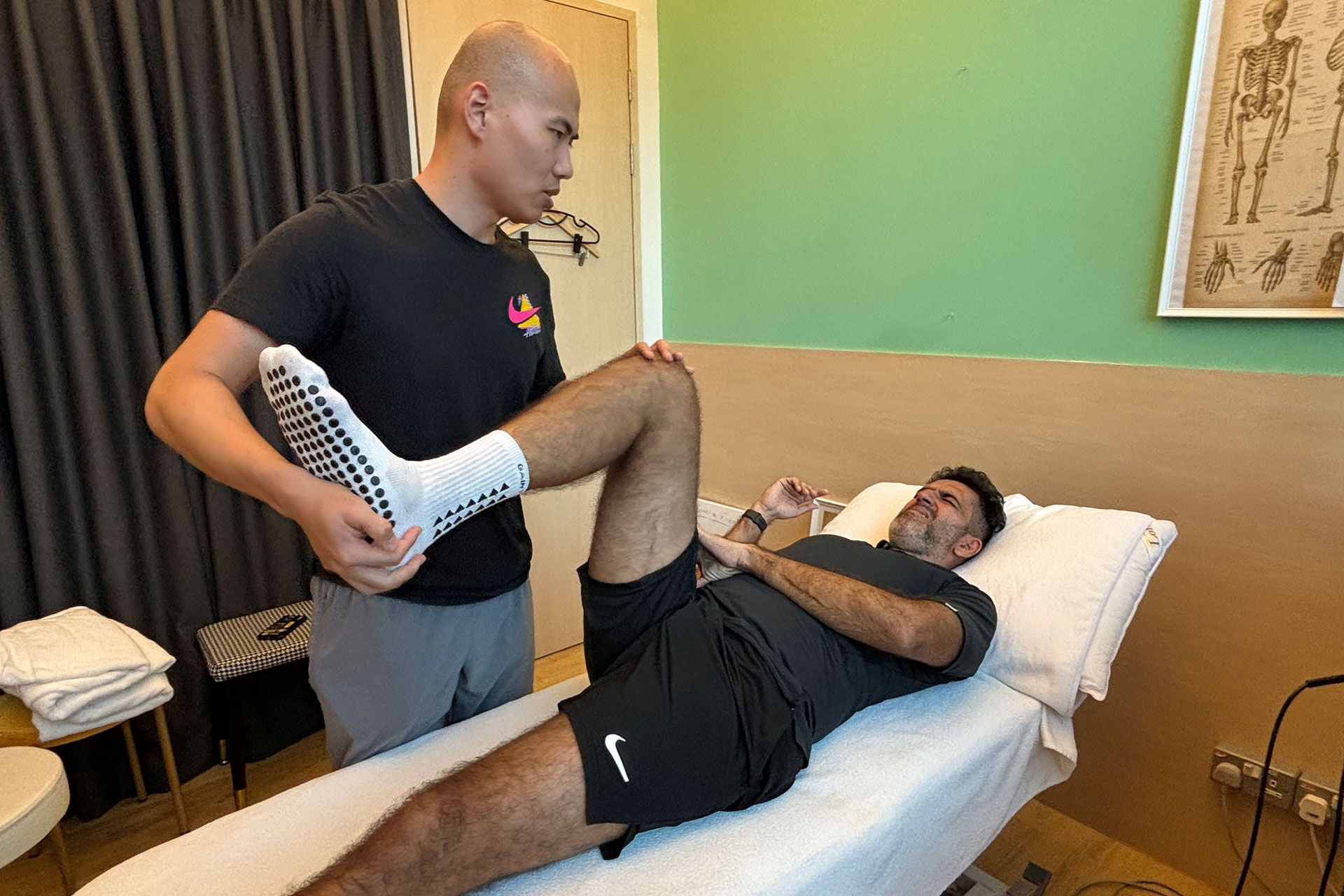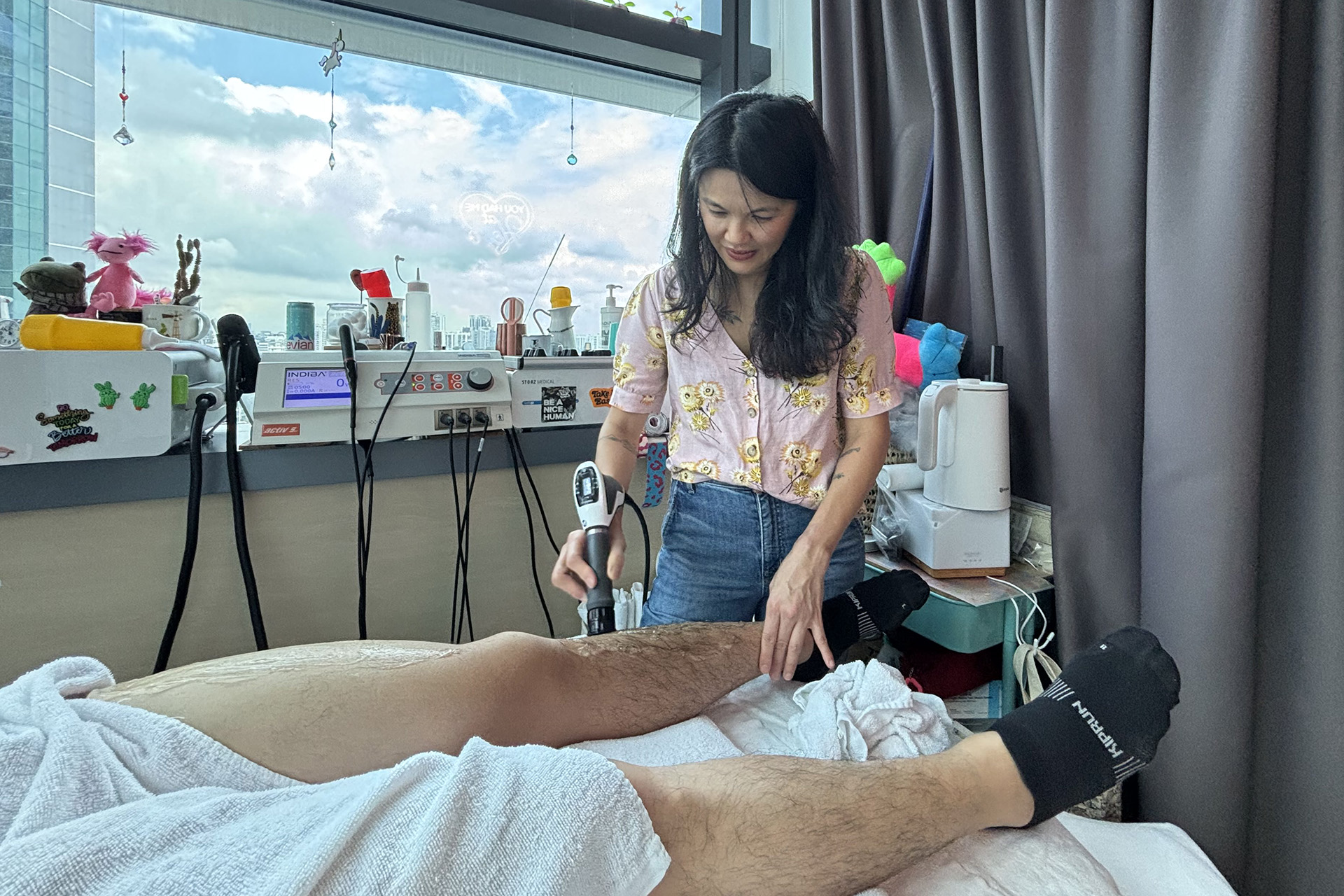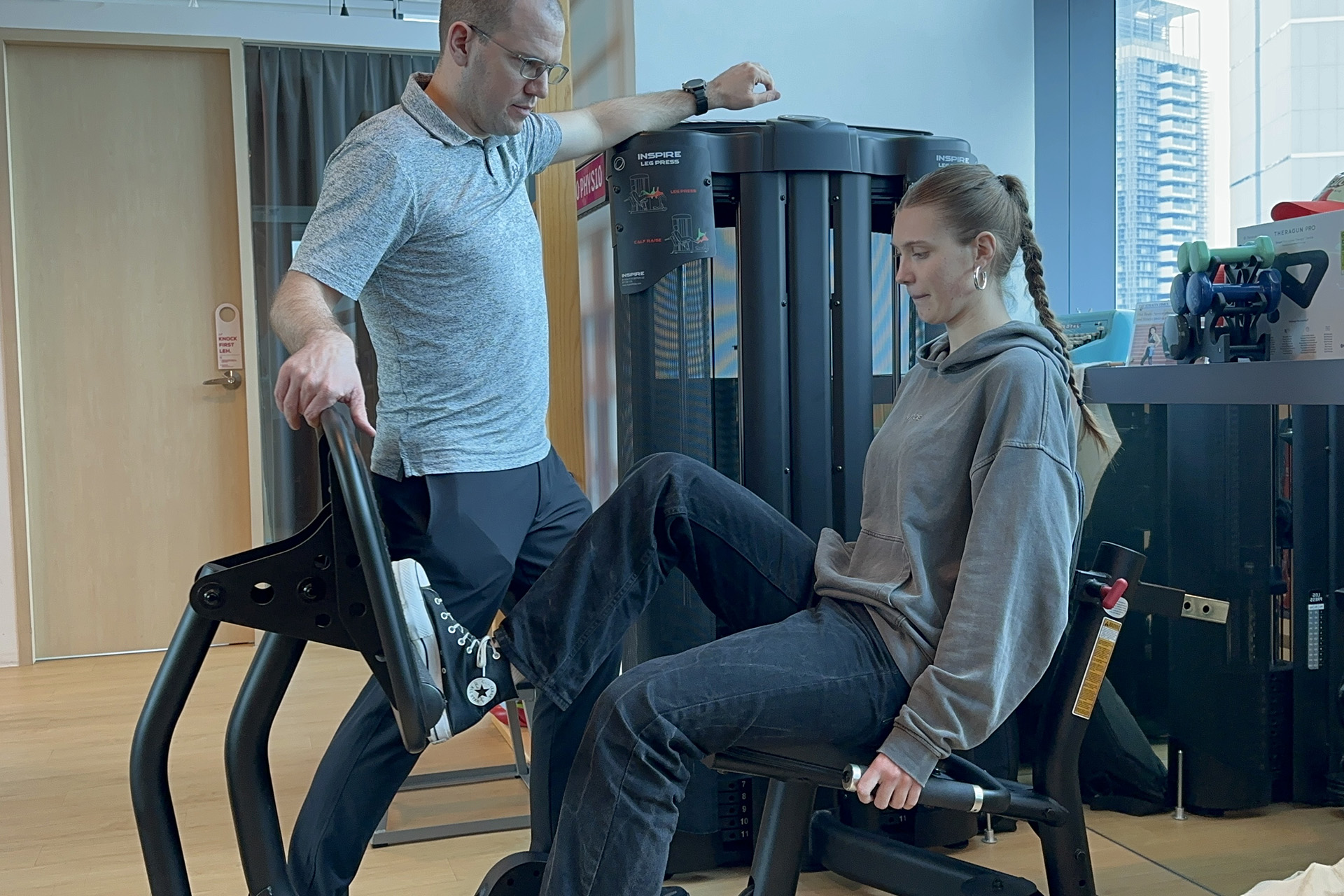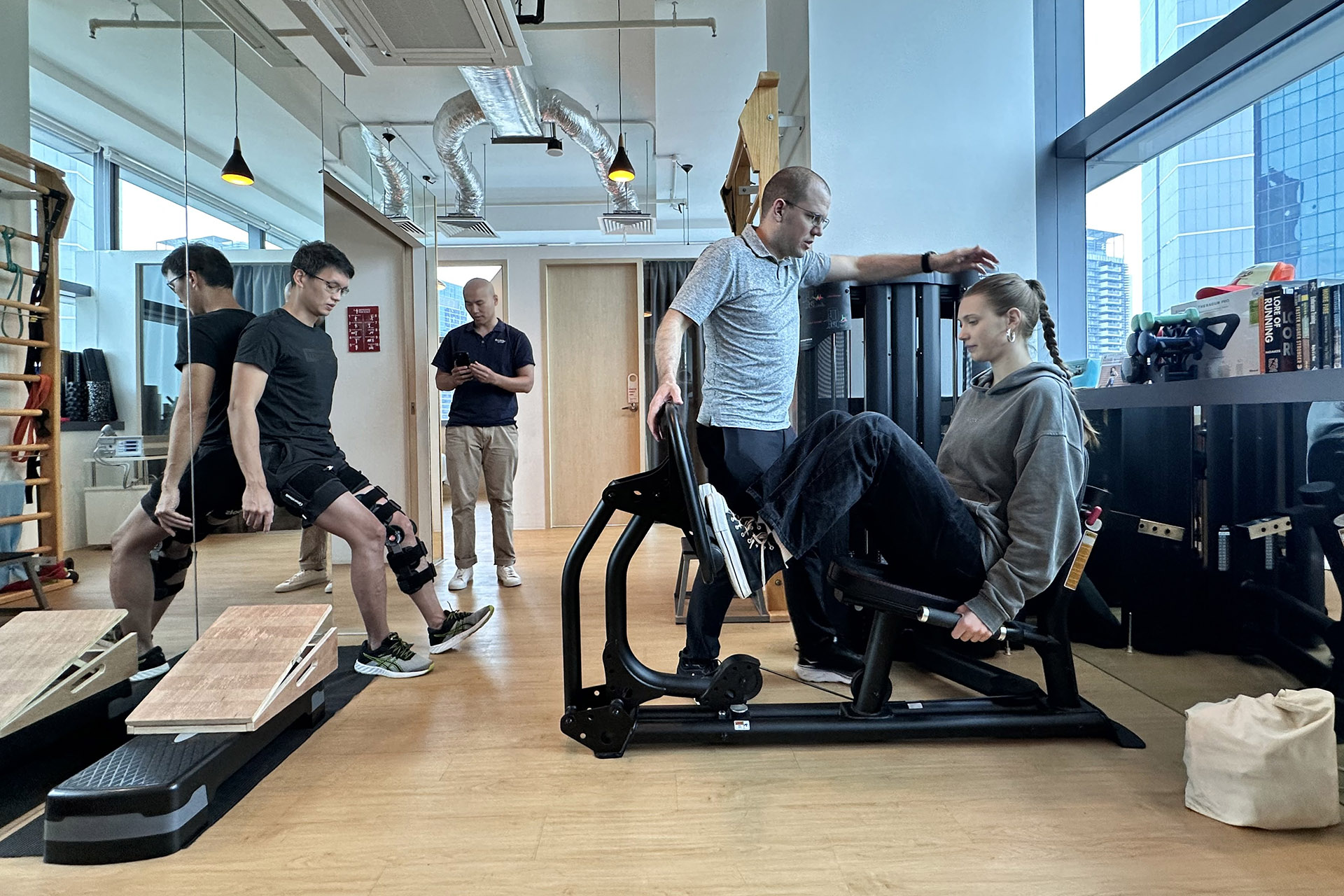|
Getting your Trinity Audio player ready...
|
So, you’ve torn your meniscus. Maybe you felt that dreaded ‘pop’ during a tennis match, or perhaps it was just an awkward twist while getting out of the car. Either way, you’re part of a club no one wants to join – the “my knee hurts, and I don’t know when it’ll get better” club. But don’t worry, you’re not alone, and there’s a lot we can do to get you back on your feet without pain.
Understanding Knee Pain After a Meniscus Tear
First things first, let’s talk about what’s actually going on in your knee. That meniscus you’ve torn? It’s a c-shaped piece of cartilage that acts like a shock absorber between your thigh bone and shinbone. When it tears, it’s like losing the suspension in your car – suddenly, every bump in the road feels a whole lot bigger.
You’re probably experiencing some pain, maybe some swelling, and that annoying stiffness that makes you walk like you’ve aged 40 years overnight. Some folks also describe a catching sensation, like their knee is getting stuck. It’s frustrating, especially when simple things like climbing stairs or kneeling to play with your kids are challenging.

Now, I know what you’re thinking – “Do I need surgery?” Well, not necessarily. While some tears require going under the knife, many can be managed effectively with physiotherapy. And let me tell you, modern physios have more tricks up their sleeves than a magician at a kids’ party.
Physiotherapy for Knee Pain After a Meniscus Tear
When you first visit a physiotherapist, they’ll assess your knee – how it moves, what hurts, and what you’re having trouble with in daily life. From there, they’ll craft a personalized plan about getting you back to your normal activities. This isn’t a one-size-fits-all approach; it’s tailored specifically to you and your goals.
One of the main focuses of physiotherapy for a meniscus tear is strengthening the muscles around your knee, particularly your quads and hamstrings. Think of it as building a support team for your injured meniscus. Your physio will guide you through exercises designed to enhance muscle support and protect your knee from further injury. Don’t worry – we’re not talking about heavy weightlifting here. These exercises are carefully chosen to challenge your muscles without overloading your injured knee.
Flexibility is another key player in your recovery. After a meniscus tear, your knee might feel stiffer than a board. Your physio will introduce gentle stretching exercises to help restore your range of motion. It’s like coaxing a rusty hinge back to life – it might feel awkward at first, but with consistent effort, you’ll start to feel that smoothness return.

Recommended Adjunctive Treatment Modalities
Now, let’s discuss some fancier tools in a modern physio toolkit. Have you heard of INDIBA® Activ? It sounds high-tech (and it is), but essentially, INDIBA® Acti uses radiofrequency to kick your body’s natural healing processes into high gear. It’s like giving your knee cells a pep talk, encouraging them to repair faster and calm the inflammation. Many patients find it helps speed their recovery when combined with exercises and hands-on therapy.
Then there’s Shockwave Therapy. Despite its dramatic name, it’s not as scary as it sounds. It’s more about treating those annoying secondary issues that can pop up when favoring your injured knee. Those tight spots in your muscles or tendons just won’t quit. Shockwave Therapy can help iron those out, making your overall recovery smoother.

Let’s not forget about Clinical Pilates. Before you start picturing yourself trying to balance on a tiny ball while doing impossible stretches, let me stop you right there. When guided by a physiotherapist, clinical Pilates is all about controlled, precise movements that strengthen the muscles supporting your knee, improve your flexibility, and enhance your overall body awareness. It’s like teaching your body to move more efficiently, taking unnecessary stress off your knee.
What to Expect When Suffering from Knee Pain
Throughout your recovery, you’ll likely have good days and not-so-good days. On tough days, remember that healing isn’t always a straight line. It’s normal to have setbacks; they don’t mean you fail or never get better. They’re just part of the process. Your physiotherapist can help you navigate these ups and downs, adjusting your treatment plan.
As you progress, your physiotherapist will gradually increase the intensity and complexity of your exercises. You might start with simple range-of-motion exercises and graduate to strength training, balance exercises, and even sport-specific drills if that’s your goal. It’s like leveling up in a game – each new exercise brings you closer to full recovery.
Now, I know what you’re wondering – “How long until I’m back to normal?” The honest answer is it depends. Meniscus tears can be tricky customers, and healing time can vary based on the severity of the tear, your overall health, and how diligently you stick to your rehab program. Generally, you’re looking at anywhere from a few weeks to a few months. Here’s the important part: every day you commit to your recovery is a day closer to getting back to your pre-injury self.
Remember, physiotherapy isn’t just about healing your current injury. It’s also about preventing future ones. Your physio will teach you exercises and techniques to help keep your knees healthy long after you’ve recovered from this tear. Think of it as injury-proofing yourself for the future.

In the end, recovering from a meniscus tear is a journey. It takes time, patience, and, yes, sometimes a bit of sweat (and maybe a few choice words during particularly challenging exercises!). With the right physiotherapy approach, you can get back to doing the things you love, knee pain-free.
So, if you’re sitting there with an ice pack on your knee, feeling discouraged, remember: this is just a chapter in your story, not the whole book. With the right help and a positive attitude, you’ll be back on your feet (and knees) before you know it. Now, isn’t it time you booked that physio appointment?

